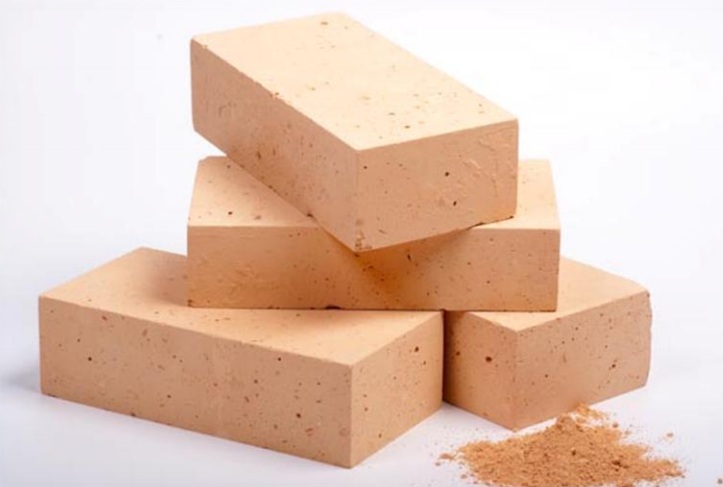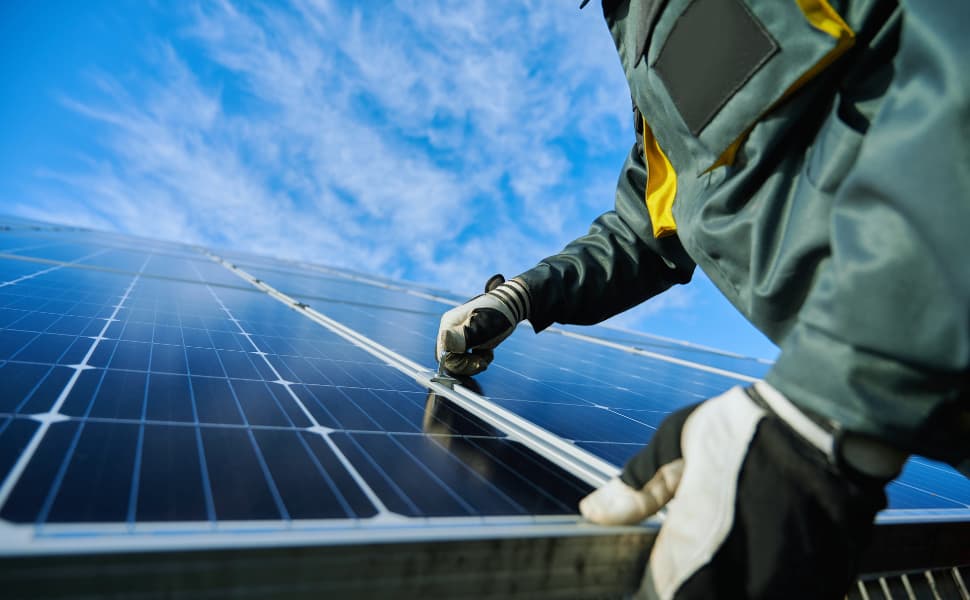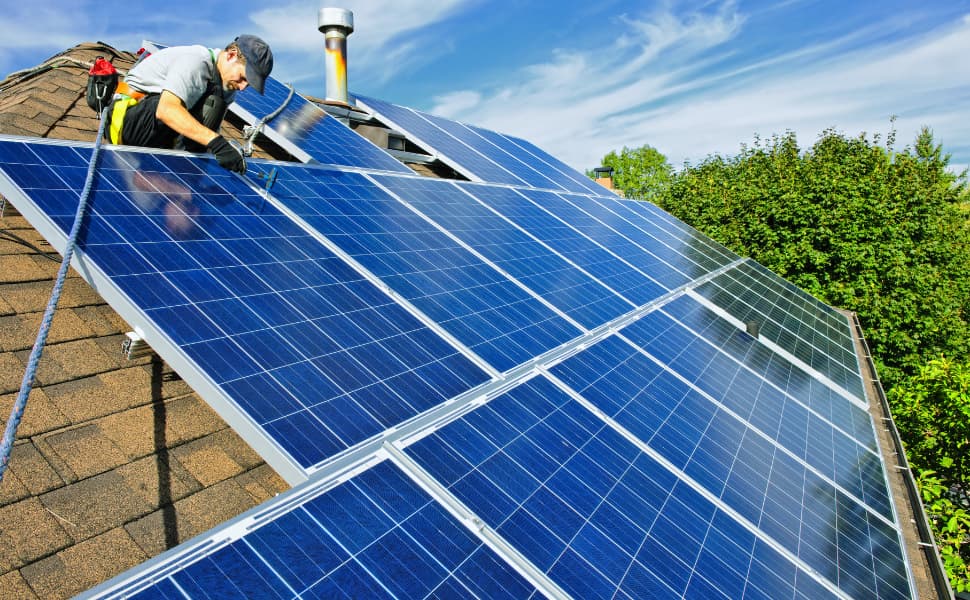Saving money doesn’t mean that you have to watch endless episodes of ‘Extreme Couponing’ but it does mean it’s time to look at your home and get savvy with how money is being wasted or literally drained unnecessarily, right in front of your own eyes.
Firstly, have you checked that you are on the best tariff and energy supplier for your circumstances? By changing to a new supplier, you could instantly save money.
Simple steps can be taken to make sure that your home is as energy efficient as possible.
Here are some of our top suggestions –
- Check if you are eligible for help towards energy-saving improvements to your home
- Draught proof doors and windows
- Close the curtains on an evening and fit thermal lining to the curtains to help keep the heat in the room
- Keep your windows and doors closed
- Understand your thermostat on your boiler – set the temperature to a comfortable degree and consider if pre-programming the boiler at a lower heat will allow an ambient temperature to be consistently achieved
- Have your boiler serviced annually to make sure your heating system is working at its most efficient
- Wrap up warm!
Thinking about building your own home or even an extension? Decided on your building materials yet? Advances in construction materials have come a long way since the first brick was invented, and whilst they may be slightly more expensive, think of the overall savings that you will make by having a better and more effectively insulated home or extension.
U Values are something that energy efficiency boffins, builders and architects alike get exceptionally excited about, and are a measure that tells us how easy it is for heat to pass through the property. The lower the U value, the less amount of heat is escaping– whether that be from the walls, floor or roof. Insulating walls will continue to reduce the U value, therefore it is key when building a home or extension that not only is it efficient but also that it meets building regulations relating to thermal conductivity.
Related Articles
- Preparing Your Home for Winter
- 4 Signs You Need a New Boiler
- The Way in Which Homes are Insulated Could Be Transformed
- Reduce Heat Loss with Heating Controls and Insulation
- Here’s what to do if your pipes freeze and how to protect them




